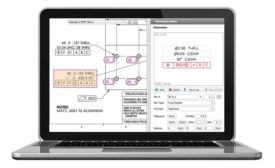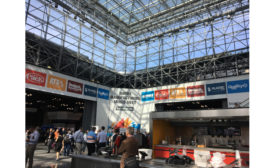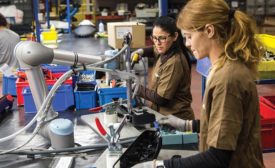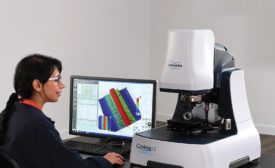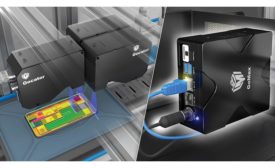Home » Industry 4.0
Articles Tagged with ''Industry 4.0''
New Software Technology Advances the Practicality of Quality 4.0
It’s time to close the gap between Quality 4.0 and Industry 4.0.
October 8, 2019
The State of Sensors in the Industrial IoT
Better quality is possible with IO-Link and machine learning.
August 8, 2019
NDT and Industry 4.0
How Industry 4.0 is affecting NDT in manufacturing, and a brief look into different technologies that affect NDT.
April 1, 2019
As Automation Grows, Microscopes Evolve
Industry 4.0 advances a variety of microscopy solutions.
April 1, 2019
Q&A: 3D Smart Sensors, Deep Learning, and The Future of Automated Quality Control
The CEO of LMI Technologies describes how 3D sensors are integral to a new era of quality.
March 1, 2019
Stay in the know with Quality’s comprehensive coverage of
the manufacturing and metrology industries.
eNewsletter | Website | eMagazine
JOIN TODAY!Copyright ©2024. All Rights Reserved BNP Media.
Design, CMS, Hosting & Web Development :: ePublishing


